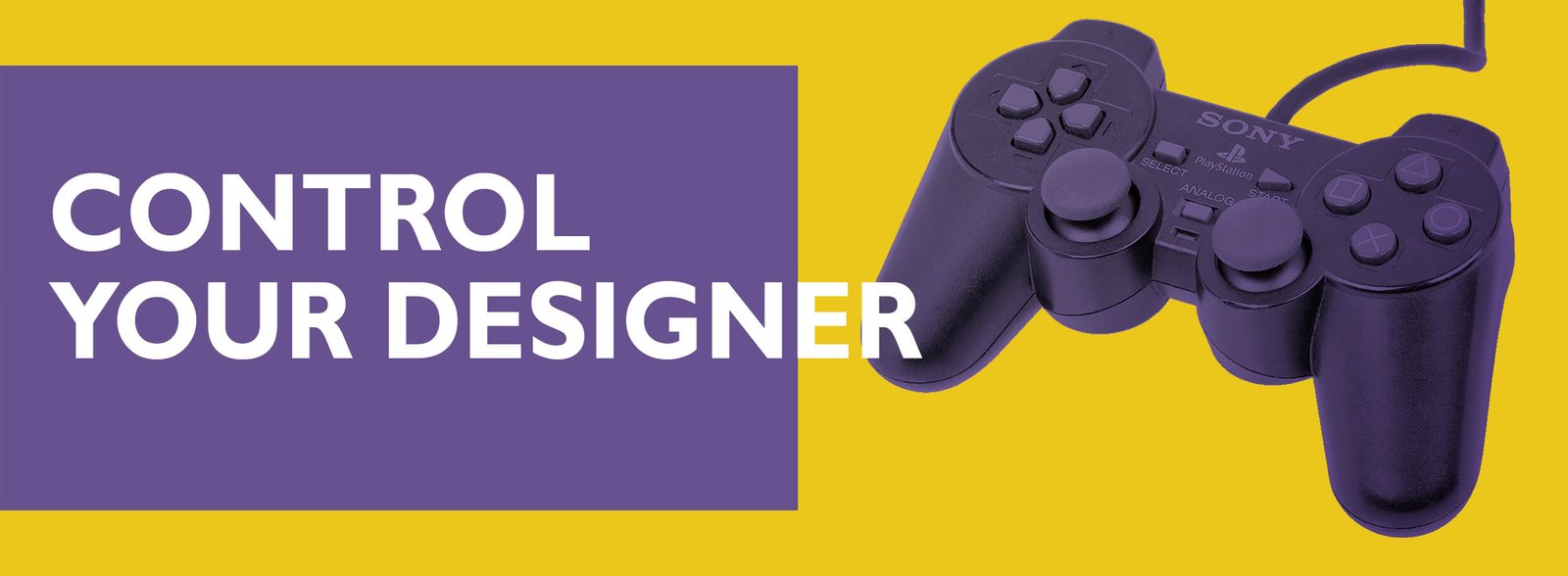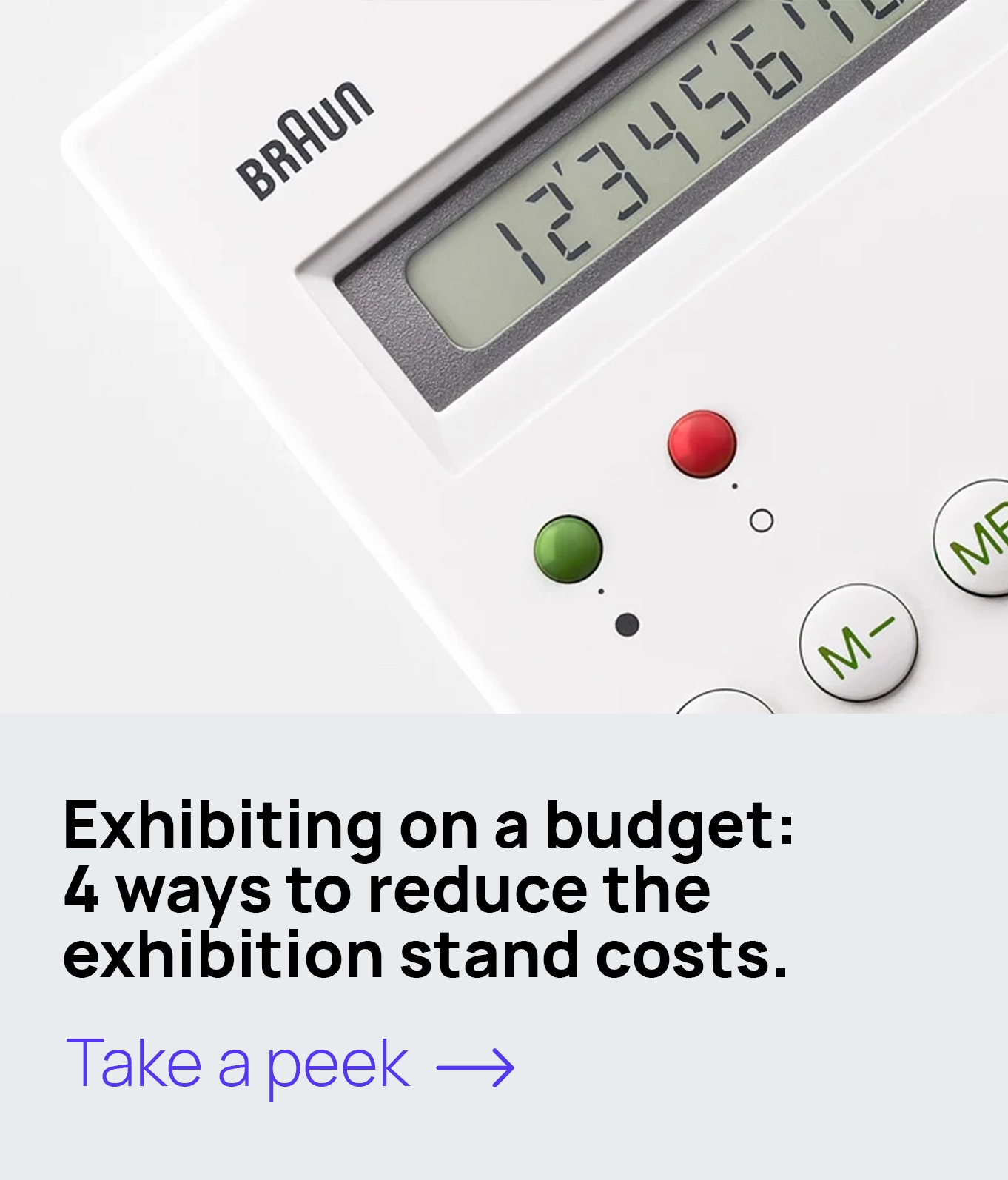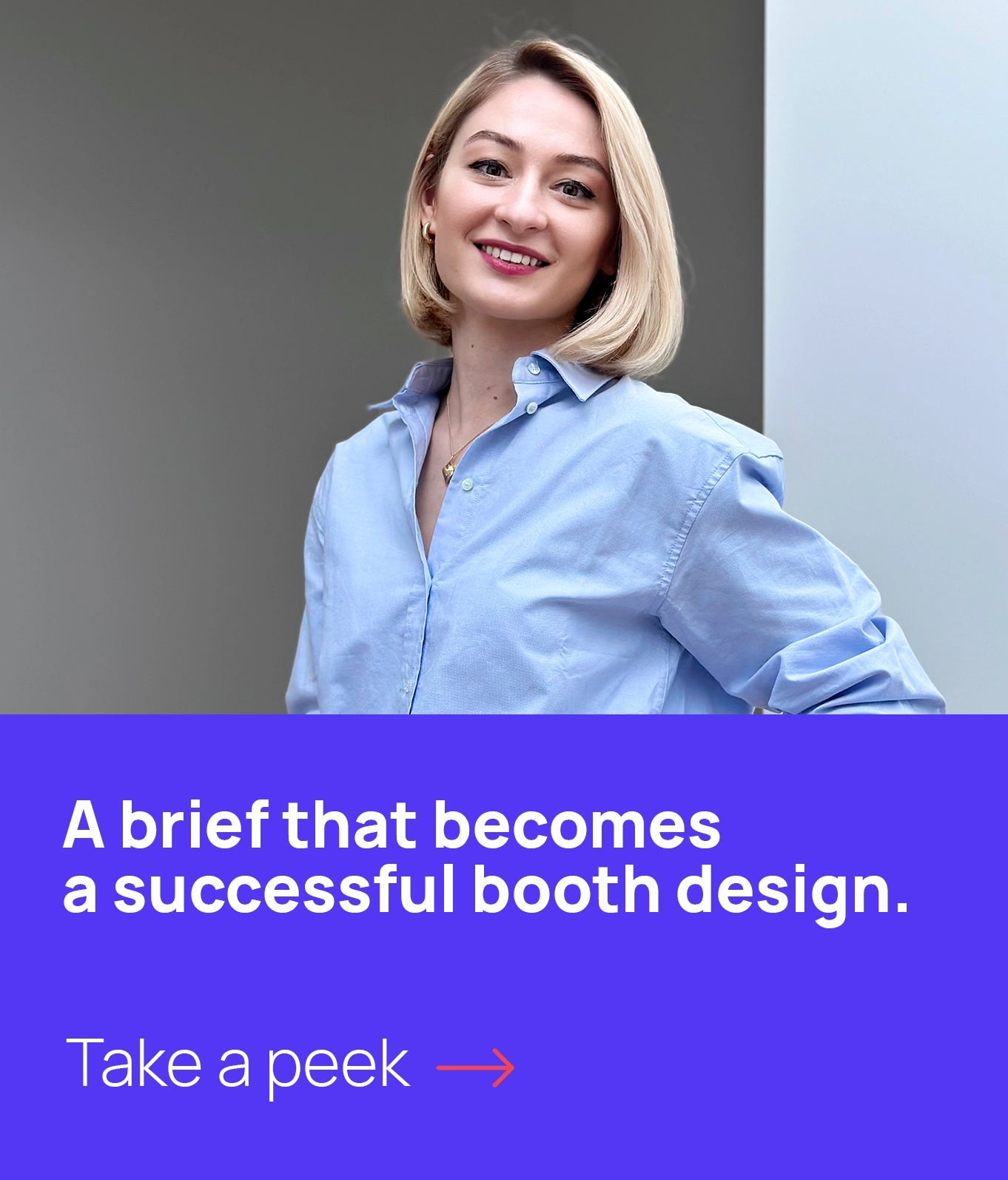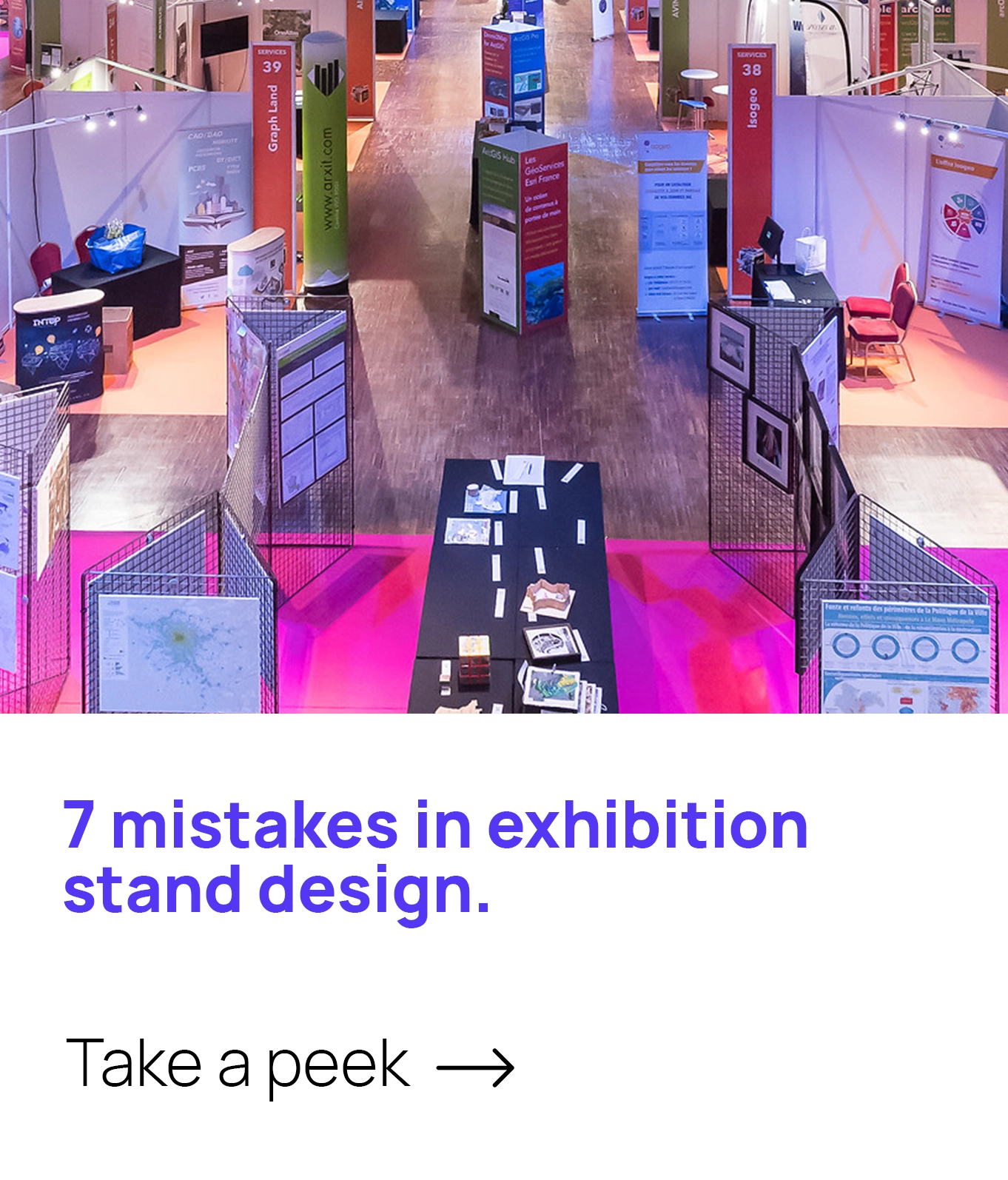There is no second chance to create the first impression. When you participate in a tender, timing is everything. People tend to have a limited consideration set of offers, so if yours arrives in the end you are most likely not getting into the top-3 choice. Anyway, every following offer is compared to the one that is already in the folder, so it’s always better to be #1.

Why it’s the best to be the first?
The company that applies the first gets numerous benefits. You are the first to showcase your competence. You are not a winner yet, but the client is already thinking about your project, discussing it with you. Believe it or not, this actually makes them consider you as their go-to option. You even have additional chances to make your offer more suitable as the client would probably give some feedback and you’d still have time to make the adjustments.
If you fail to deliver your offer within the necessary period, your client may deem you as irresponsible. To avoid that, you need to make the deadline for the stand designer a little sooner. In such a way you would have time for additional iterations in case they fail to deliver an impeccable stand design right away.
It’ll also be a good idea to ask your designer to send you the screenshots before the final renders (that usually take quite a while to prepare) are ready. You will be able to make quick corrections without losing the precious time.
As we have already pointed out, though the deadline is crucial it’s not the only component to winning the tenders. The right motivation of the designer and the thoroughly compiled brief also mean a lot.
There are multiple ways you can affect meeting the deadline and getting a really impressive stand design.
Explain corrections and amendments promptly
If you have a long phone call or a Skype-conference explaining what you feel has to be changed, and don’t get the result you expect – that’s often not the designer’s fault. You both will save yourselves some time by sending and receiving any design commentaries inside a screenshot, pointing out what exactly has to be changed and how.

Control your designer
You’ve sent your corrections and are confident that the designer has already started to work on them. The truth is it is not always the case. He or she could have missed the letter. Fortunately, there are plenty of apps that let you know if your letter had been delivered/opened/read, if the files had been downloaded and if the links were clicked on.






Leave A Comment